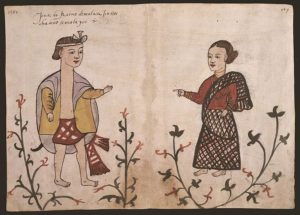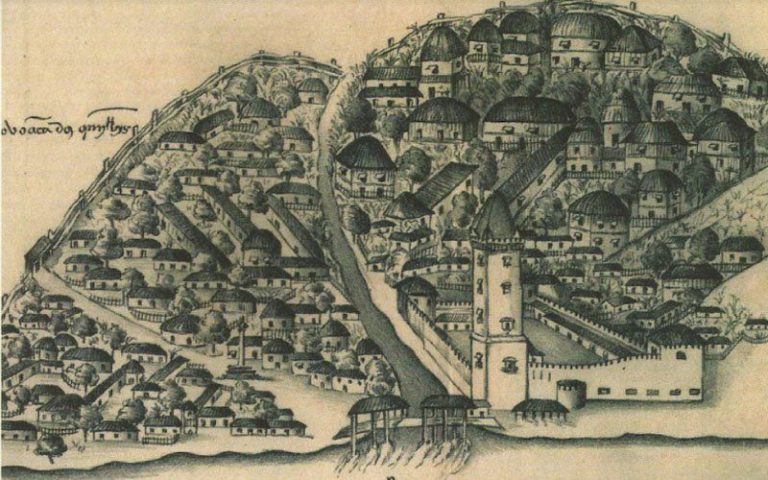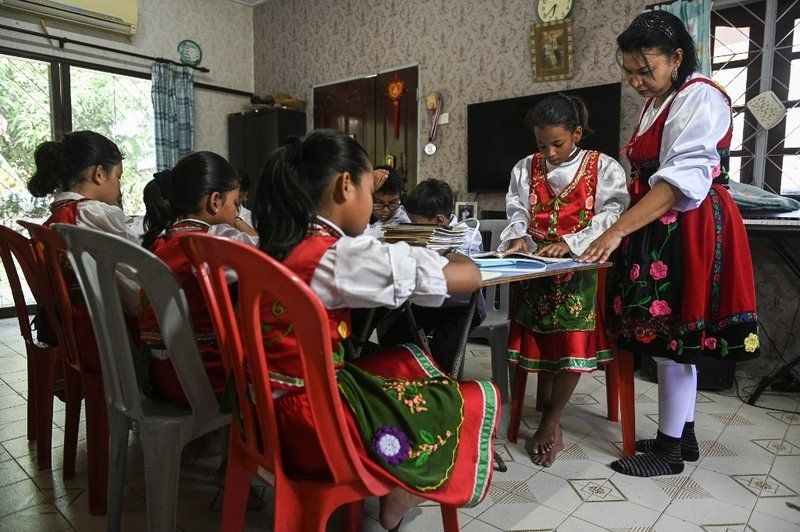Kristang Fights to Save Centuries-old Creole
6th August 2021


It was an era when tiny Portugal had a global empire and Melaka, a centre of the lucrative spice trade, was a key prize for rival powers. After Portuguese rule, the Dutch colonised it and later the British took it over until Malaysian independence.
The city on Malaysia’s west coast still has vestiges of colonial rule which have made it popular with tourists, including red-walled Dutch buildings and a gate house which is all that remains of a once-mighty Portuguese fortress.
Kristang is the language of the Portuguese Eurasians, a minority group descended from Portuguese settlers who arrived in the region in the 16th Century and married locals.
A unique creole of Portuguese and Malay, with elements of Chinese languages such as Mandarin and Hokkien, it was spoken by at least 2,000 people across the Malayan archipelago at its peak in the 19th Century.
Unesco, which lists languages in peril, classifies Kristang as “severely endangered” and says only about 2,000 people speak it.
It is just one of many tongues in danger, with the UN agency predicting that half the world’s 6,000 languages will disappear by the end of this century.
Groups of elderly men sit chatting in the language on the waterfront, and are enthusiastic about passing it on to the next generation.
But he is all too aware of Kristang’s vulnerability: “There is a danger that Papia Kristang will be spoken less and die out.”
As well as Santa Maria’s lessons, other moves are being made to save the language – a Kristang textbook has been produced, as well as a mobile app and a CD of Catholic prayers and hymns.
But reviving a dying language is not easy. One main challenge is that Kristang is mostly a spoken language and has rarely been recorded.
To solve this problem, his group invented new words with mash-ups of Kristang’s root languages.
For instance, the Kristang word for apple is “manzang”, an adaptation of the Portuguese word “maca” using a Malay linguistic rule. A panda is “bruangatu” or “bear cat”, a translation of the Chinese term for panda using Malay words.

Sara Santa Maria runs the weekly classes at her home to ensure the younger generation learn Papia Kristang, one of several steps aimed at preserving an endangered language spoken by people of mixed Portuguese and Malaysian ancestry.
The youngsters chant “bong atardi mestri” (good evening teacher) and work their way through songs including “Bunitu siara siorus” (Beautiful ladies and gentlemen) and “Gato do matu” (The jungle cat).
“Many Eurasians have moved out of the settlement and the children only speak Malay and English,” she added, referring to an area of Melaka that has traditionally been home to speakers of the language.
Vivify team is planning to do a full interview with Martin Theseira and Sara Maria once MCO is lifted, perhaps sometime October. Worry not, we will keep you posted on the upcoming article, stay tuned!
Credits and Resources:
- New Straits Times, 2019 Malaysia’s Eurasian Community Fights Save-Centuries Old Creole
- Newsfounded Singapore, Fights of Malaysia to Save the Century Old Creole Language
- How to revive a 500-year-old dying language BBC News Asia